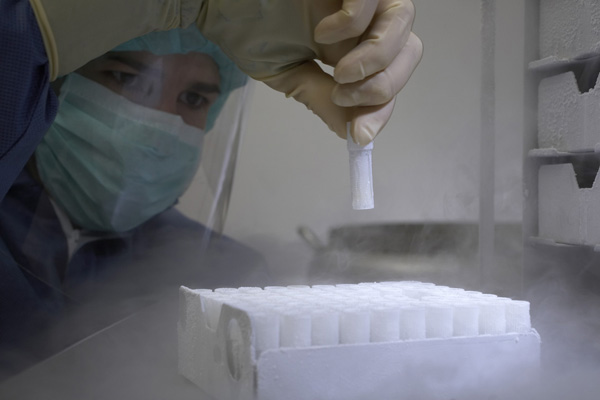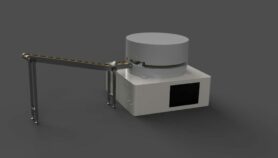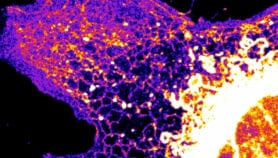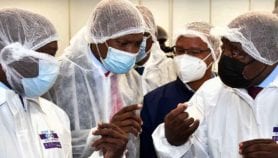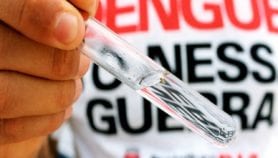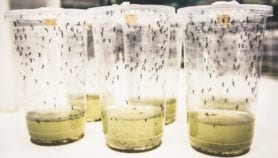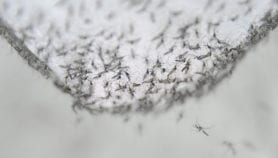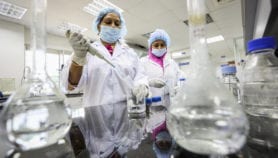By: Aamna Mohdin
Send to a friend
The details you provide on this page will not be used to send unsolicited email, and will not be sold to a 3rd party. See privacy policy.
A wireless sensor that sends text message alerts to healthcare workers could help better protect temperature-sensitive vaccines and provide crucial data on storage, transport and distribution infrastructures in developing nations, according to its inventors.
After successfully piloting the ColdTrace sensor in Kenya, US non-profit tech firm Nexleaf Analytics expanded the field tests to India and Mozambique. It says the system will soon also be piloted in Haiti.
At approximately US$65 per device, the sensor costs a fraction of the price of competitors’ models, says Nexleaf Analytics project coordinator Shahrzad Yavari.
“We have observed first hand that the absence of the right information at the right time prevents even the most committed clinic workers from ensuring that vaccine storage refrigerators are operating correctly 24 hours a day,” says Yavari.
“ColdTrace aims to ensure that vaccines and other temperature-sensitive medications are stored safely by providing low-cost, remote temperature monitoring of the cold chain.”
Yavari tells SciDev.Net that the main component of the ColdTrace system is a temperature sensor that can be installed in fridges and cold rooms, where vaccines are stored. When the vaccines are being exposed to temperatures outside their safe range, text messages are sent to alert health workers.
Nexleaf Analytics is working with Medic Mobile, a US non-profit technology company that builds mobile and web tools that help health workers in developing countries.
Isaac Holeman, co-founder of Medic Mobile, says: “Once Nexleaf had a functional prototype ready, Medic Mobile coordinated with our Ministry of Health partners in Kenya to pilot it at eight facilities. We trained health workers, installed the devices and supported ongoing design work.”
Yavari tells SciDev.Net that the responses from clinic staff during the Kenya trial showed that the text messages were “important to preventing vaccines from going bad” and also reassured staff that the vaccines were safe to use.
Holeman says mobile technology has an important role in improving vaccine coverage.
But Daniel Thornton, who directs supply chain strategy at GAVI, the Vaccine Alliance, says NGOs and health ministries in developing countries also need to run immunisation supply chains more professionally.
He tells SciDev.Net that, while new technology can catalyse change, effective management is needed, “otherwise the technology doesn’t do anything”.
In most of the immunisation systems in the world’s poorest countries, Thornton says, people receive no supply chain training. “It’s usually doctors, nurses or health workers who are running the supply chain, and often they haven’t had training to do that,” he says.
See below for a video about ColdTrace:
ColdTrace from Nexleaf Analytics on Vimeo.


